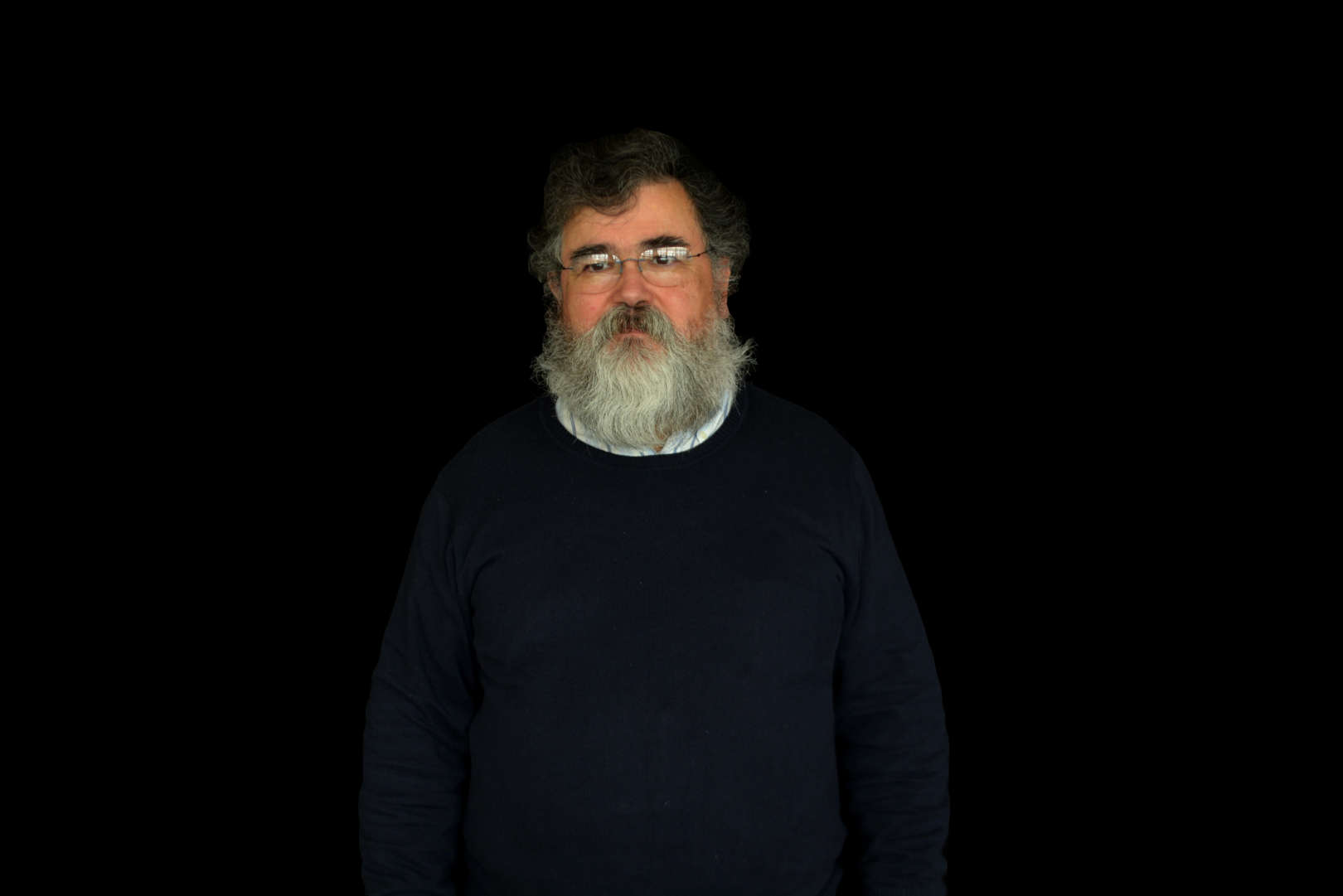About
Birth year 1956.
Academic degrees
1990 – University of Porto, Engineering Faculty, Porto, Portugal – www.fe.up.pt
Completed the curricular part of the MSc degree in Telecommunications (1 year).
1986 – University of Porto, Science Faculty, Porto, Portugal – www.fc.up.pt
Graduated in Physics, branch of Applied Physics, Optics and Electronics (5 years).
Professional experience
2007 – present - INESC Porto / INESC TEC – www.inesctec.pt
Optical fiber sensors: electronic design, implementation and test; software development, system integration and data
acquisition.
2005 – 2007 - FiberSensing – Sistemas Integrados de Monitorização (Now HBM FiberSensing) – www.fibersensing.com
Design and test of front-end electronics for signal conditioning.
Software development for sub-system and equipment testing and quality control.
1986 – 2005 - INESC Porto
Optical fiber communications, design, implementation and test: Tx/Rx, clock distribution and clock recovery.
Wireless infrared communications: R&D and technology transfer activities
Organized and taught technical courses on optical communications and instrumentation electronics.
Supervised or assisted the work of graduate and post-graduate students.
Other Professional Activities
1987 – CERN, Geneva, Switzerland (Training internship)
Study of Surface Mount Technology and implementation of front-end amplifier (6 months)
2002 – Ciência Viva, Lisboa, Portugal
National fair to promote science and technology among high-school students (1 week)
2004 – Hannover Messe, Germany
Presented fiber Bragg grating measurement system prototype, developed at INESC Porto (1 week)
2005 – University of Oxford, UK (Courses attended)
High-Speed Digital Design and Advanced High-Speed Signal Propagation courses (1 week)
Teaching in Training Courses
1992 – 1993 – FUNDETEC, Técnicos Especialistas em Electrónica e Telecomunicações
1993 – 1994 – Fibras Ópticas
Development of Courses for Computer Based Training
1990 - IN#TEL#EC - Integrated Telecommunications Training for the European Community, COMETT 90/1/5390/Cc
1993 – 1994 – EAC, Formação de Técnicos Especialistas em Optoelectrónica
Main areas of interest
Optical communications, both fibre-based and wireless infrared.
Phase-locked loop circuits, namely clock recovery and frequency multiplication.
PCB interconnection technologies, for high-speed electronic circuits.
Optical fibre sensors.
Low-noise electronics.
Signal conditioning.
Software skills
LabView (National Instruments)
MatLab (Mathworks)
OptSim (Artis Software, now sold by RSoft/Synopsys)
SPICE (Berkeley University)
Eagle (CadSoft)


